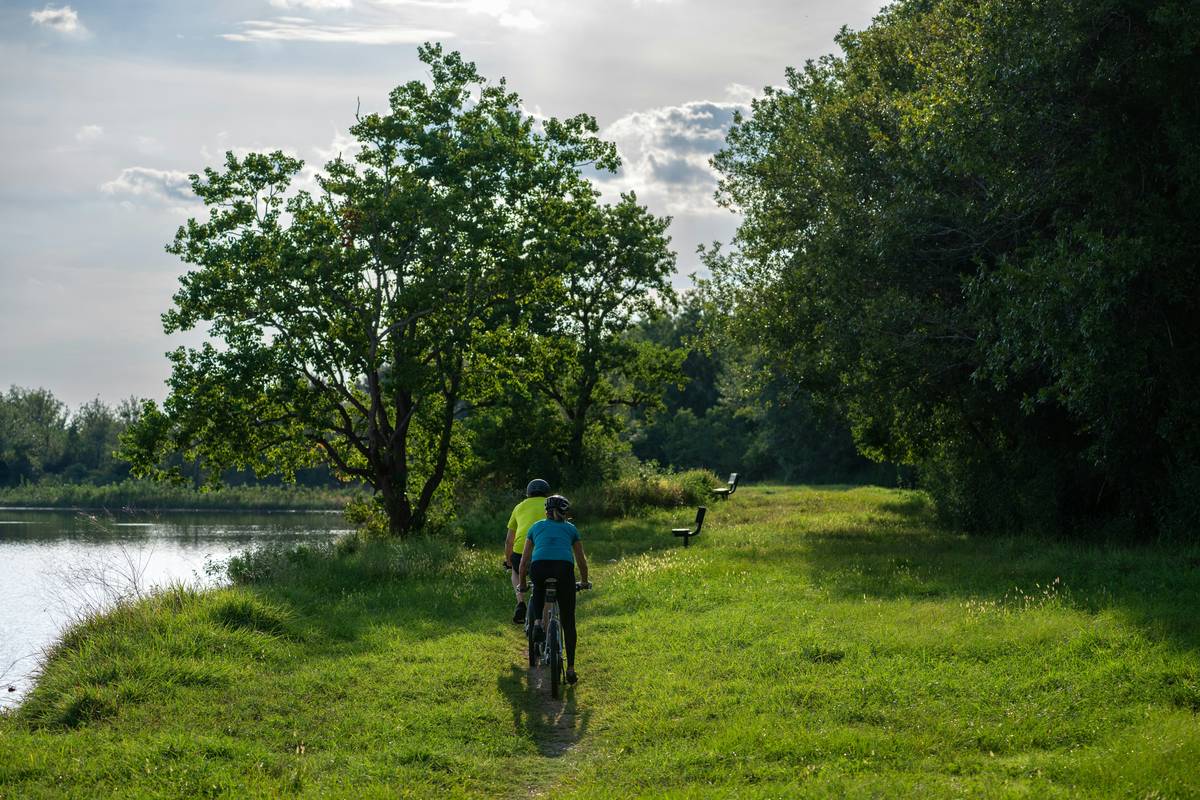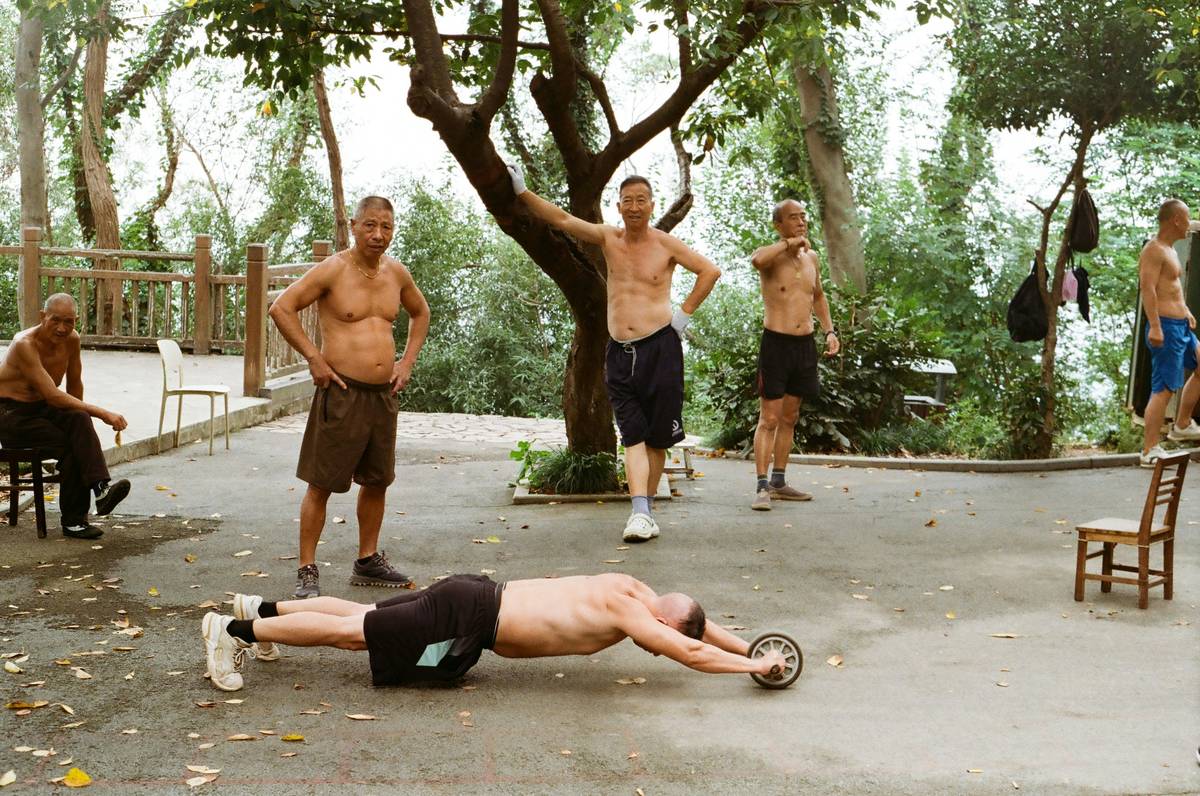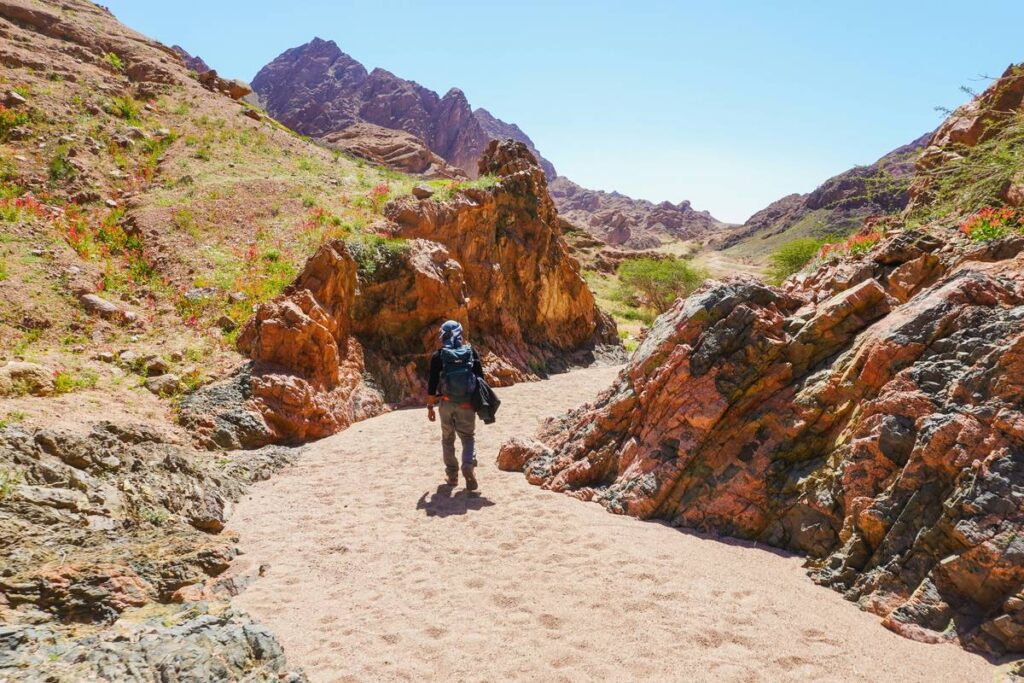“Ever felt like your treadmill workouts are about as exciting as watching paint dry? What if you could swap that monotony for breathtaking views and real results?”
If you’re looking to shed pounds while immersing yourself in nature, mountain trekking might be the ultimate solution. In this blog post, you’ll discover why hiking is not just a fun hobby—it’s a powerful tool for weight loss. We’ll dive into how it works, actionable steps to get started, tips for success, inspiring real-life examples, and answers to all your burning questions. By the end of this read, you’ll have everything you need to embark on your own mountain trek loss adventure.
Table of Contents
- Why Hiking is Great for Weight Loss
- How to Get Started with Mountain Trekking
- Tips for Maximizing Mountain Trek Loss
- Real-Life Success Stories
- Frequently Asked Questions
Key Takeaways
- Hiking burns more calories than many traditional cardio exercises.
- A consistent routine boosts fat loss and improves mental health.
- You don’t need fancy gear—just preparation and motivation!
Why Hiking is Great for Weight Loss
Let’s face it, losing weight can feel like climbing Mount Everest at times (*pun intended*). And guess what? That analogy isn’t far off because hiking actually accelerates metabolism, which helps burn fat faster.

Did You Know? A three-hour moderate hike can burn up to 1,000 calories! Compare that to an hour on the elliptical, which might only clock in around 400-500 calories burned.
But here’s where things get even better:
- Nature Therapy: Being outdoors reduces stress hormones like cortisol, which often lead to unwanted belly fat.
- Muscle Building: Uneven terrain engages muscles you didn’t know existed, making it a full-body workout.
- Sustainability: Unlike crash diets or short-lived gym memberships, hiking feels less like punishment and more like self-care.
Grumpy Me: “But what if I hate bugs?”
Optimist Me: “Bug spray exists for a reason, okay?”
How to Get Started with Mountain Trekking
Okay, let’s cut the fluff and talk action. Here’s your step-by-step guide to transforming those baby steps into major climbs.
Step 1: Pick Your Trail
No, you don’t need to summit Kilimanjaro right away. Start small. Find local trails labeled ‘easy’ or ‘moderate.’ Apps like AllTrails are lifesavers—they show ratings, maps, and reviews from other hikers.
Step 2: Gear Up
You don’t need $500 boots, but investing in comfortable shoes with good grip is non-negotiable. Don’t forget a backpack with water, snacks (trail mix, anyone?), sunscreen, and a first aid kit.

Step 3: Set Realistic Goals
Start with shorter hikes—maybe 2 miles—and gradually increase distance and difficulty. Consistency trumps intensity every time.
Confessional Fail Alert: Once, I thought skipping snacks would make me ‘burn extra calories.’ Spoiler: I bonked halfway through a trail and had to bum an energy bar from another hiker. Awkward much?
Tips for Maximizing Mountain Trek Loss
- Pace Yourself: Avoid sprinting uphill; focus on maintaining steady breathing.
- Hike Regularly: Aim for 2-3 times per week to see noticeable results.
- Hydrate Properly: Dehydration kills endurance and slows recovery.
Pro Tip: Add intervals by alternating fast-paced walking with slower strolls. This mimics HIIT workouts and maximizes calorie burn.
Terrific Mistake Disclaimer: Thinking “more is always better” can backfire. Overdoing hikes without proper rest leads to injuries. Trust me, shin splints aren’t cute.
Real-Life Success Stories
Meet Sarah, a busy mom who lost 25 pounds by committing to weekend hikes. She started with flat trails and worked her way up to challenging mountains. Now, she’s training for a half-marathon!
Or take Jake, a former couch potato who traded binge-watching Netflix for exploring national parks. His journey proves that consistency leads to transformation.

Frequently Asked Questions
Is hiking enough for weight loss?
Absolutely! Pairing regular hikes with a balanced diet ensures sustainable fat loss.
Do I need expensive gear?
Nope! Focus on comfort over cost. Most beginners only require decent shoes and basic supplies.
What if I’m out of shape?
Start slow and listen to your body. Remember, progress > perfection.
Conclusion
So there you have it—a roadmap to achieving mountain trek loss while enjoying some of the world’s most beautiful landscapes. From understanding why hiking works wonders to nailing down practical tips, you now hold the power to transform your fitness journey one step at a time.
Go ahead, lace up those boots, pick a trail, and start conquering peaks—both literal and metaphorical.
P.S.: If nothing else sticks, remember this: Nature + Movement = Magic.
And now for a haiku to send you off:
Mountains whisper strength, One foot in front of the next, Pounds fall, joy ascends.


